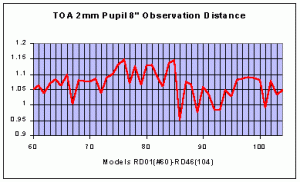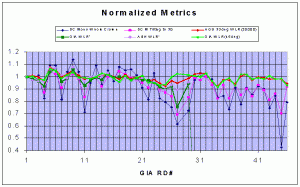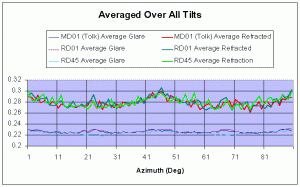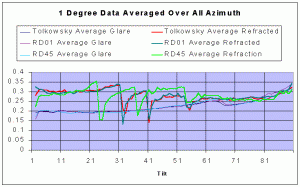You are right. Result for big diamond should be quite different from result for small diamond.Date: 11/2/2004 11:21:52 AM
Author: adamasgem
Someone correct me if i am wrong, but in my previous post on total angle of acceptance TOA, it seems that the larger the stone, the wider the range of angles of rays with respect to the table the viewer will ''process'' as being part of the stone.
If we fix the TOA (TOA_fixed), as is suggested in the GIA article, and then try to correlate with observations with a varying ''real'' TOA (TOA_ith), then if
TOA_fixed < TOA_ith,
we can''t possibly get any ''good'' correlation of the theoretical TOA_fixed model with the observed.
To read IDCC proceedings.
Did you remember our discussion what optimal quantity of facet depends from diamond size ?
I will absent on PS next 7-10 days


















300x240.png)